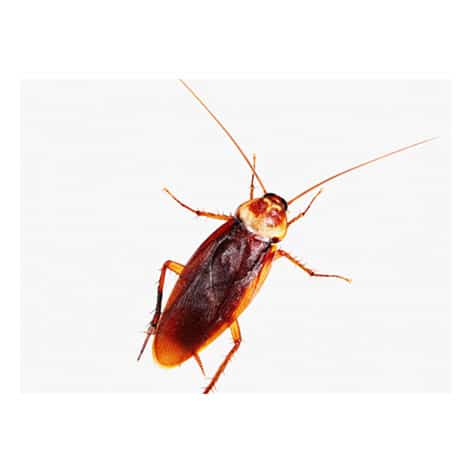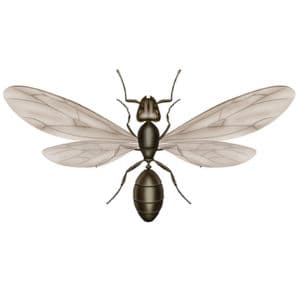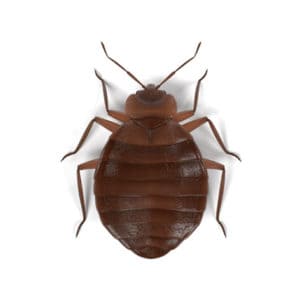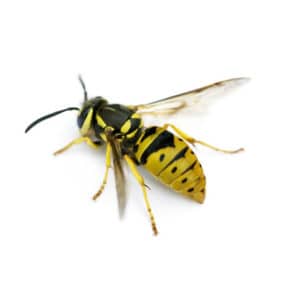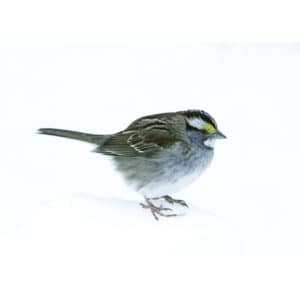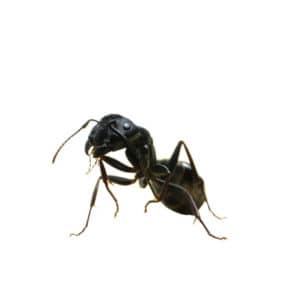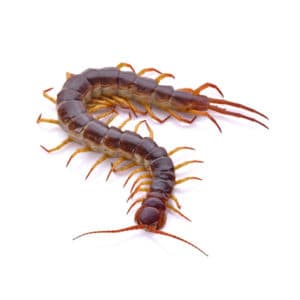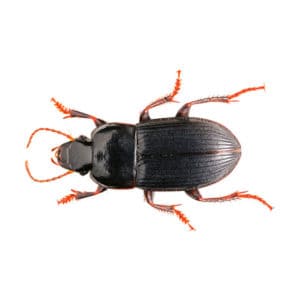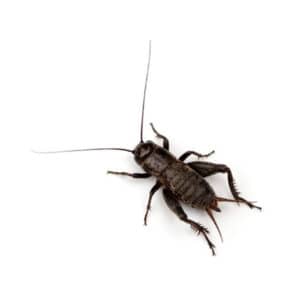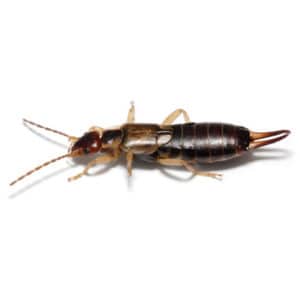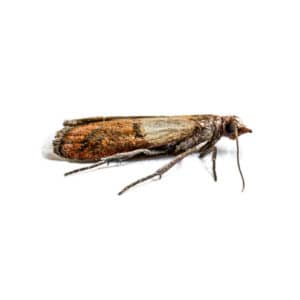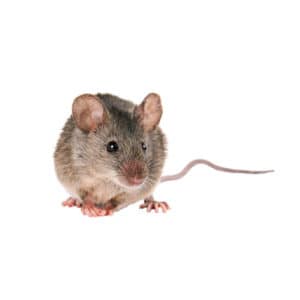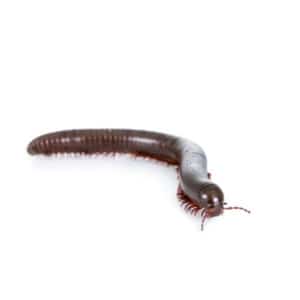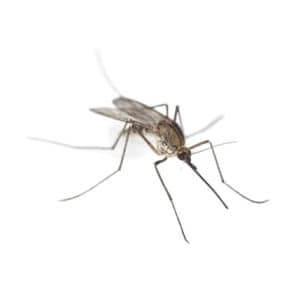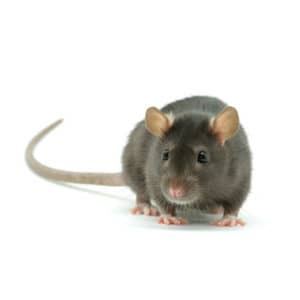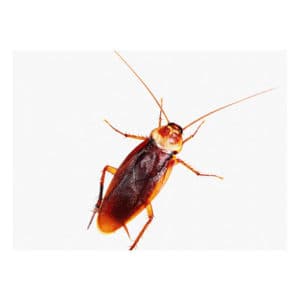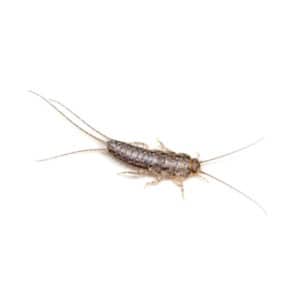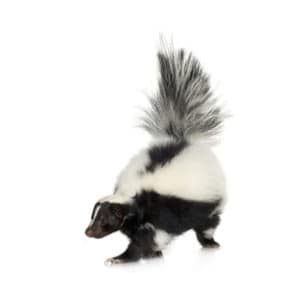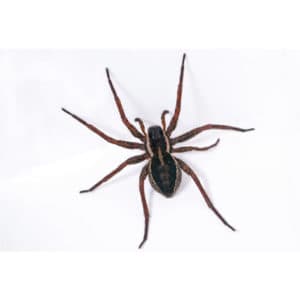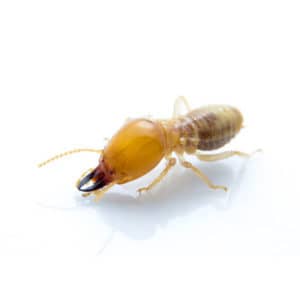Cockroach Pest Control
Cockroach Exterminator | Cock Roach Pest Control Company in MA
About Cockroaches
Cockroaches reproduce at a very rapid rate. The German cockroach female lives about 200 days. Each egg case that she lays includes thirty to fifty eggs. In her lifetime, she will produce between four and six egg cases. Cockroaches are also very resilient; they adapt very well to different situations. Once cockroaches infest a home, they are rarely seen. Cockroaches are nocturnal and can live up to a month with little or no food. They can also survive by eating book bindings, furniture, glue, soap, dead insects, shoe linings, and more.
Cockroach Identification
There are over 3,500 different varieties of cockroaches, but very few can live with humans. This number can be reduced further because only four of these cause problems in homes and businesses across the United States. These are the American, German, Asian, and Oriental cockroaches. These vary in size from about 1/2″ (German), up to 2″ (American). In America, the species most commonly found in homes is the German Cockroach.
American Cockroach
The America Cockroach is the largest of the common species They grow to a length of
1 1/2″. They are reddish-brown with a yellow border on the back of the pronotum. The wings of the male extend beyond the tip of the abdomen, while the female’s wings are about the same length as the abdomen. Found in dark, moist areas such as around bathtubs, clothes hampers, sewers and basement corners.
German Cockroach
The color of the German Cockroach varies from light brown to tan, except for 2 dark streaks on their shield-like segment behind the head. They prefer infesting the kitchen and bathroom, but will live anywhere that is heated, has food, water and harborage. They are active at night. This is the most common roach in the United States and breeds throughout the year.
Oriental Cockroach
The Oriental Cockroach or waterbug (Blatta orientalis) is a large species of cockroach, measuring about 1 inch in length. It is dark brown to black in color and has a glossy body.
Asian Cockroach
The Asian cockroach was newly identified 1986, when an infestation was found in Lakeland, Fl.. A second, more heavily infested area was identified in 1987 near Brandon and Tampa FL. Today, the Asian cockroach has spread to infest the southeastern United States and continuing to spread. The Asian cockroach is a suburban pest that mainly infests single-family, suburban houses. It is mostly found outdoors in rural areas. The adults are strong fliers and easily enter houses.
The Asian cockroach is almost identical in appearance to the German cockroach. The main differences between the Asian and German cockroaches are the shape of a groove in one segment of the abdomen. The wings of the Asian cockroach are usually longer and narrower than those of the German cockroach. Asian cockroaches are lighter in color than most German. Asian cockroaches will invade any opening in a house, such as a lighted doorway or window.
Cockroach Pest Control Treatment and Extermination
We can kill Asian Cockroaches with all pesticides; however, controlling the Asian cockroach is difficult. Because the Asian cockroach can fly 100 feet or more in a single flight, large areas around a home require treatment. Even so, cockroaches in surrounding untreated areas may result in their return. They can easily enter the home and fly to a wall avoiding any treatment that has been applied to the baseboards. Perimeter treatment of structures is usually ineffective because of the many infested areas that may exist in lawns, mulch, and wooded areas. A persistent, consistent effort is required to eventually get to all of their nesting areas.
Preparation for Cockroach Treatment
- All kitchen cabinets must be completely emptied, shelf paper removed and shelves cleaned and or vacuumed.
- Place items removed from cabinets on kitchen table or in middle of floor and cover with a sheet or plastic. Do not put items on Counter or near baseboards.
- Empty will remove kitchen drawers.
- Remove articles from under kitchen sink, bathroom vanities, and medicine cabinets. Place all personal hygiene items in sealed plastic bags. (i. e., combs, tooth brushes, toothpaste, medications, etc.).

